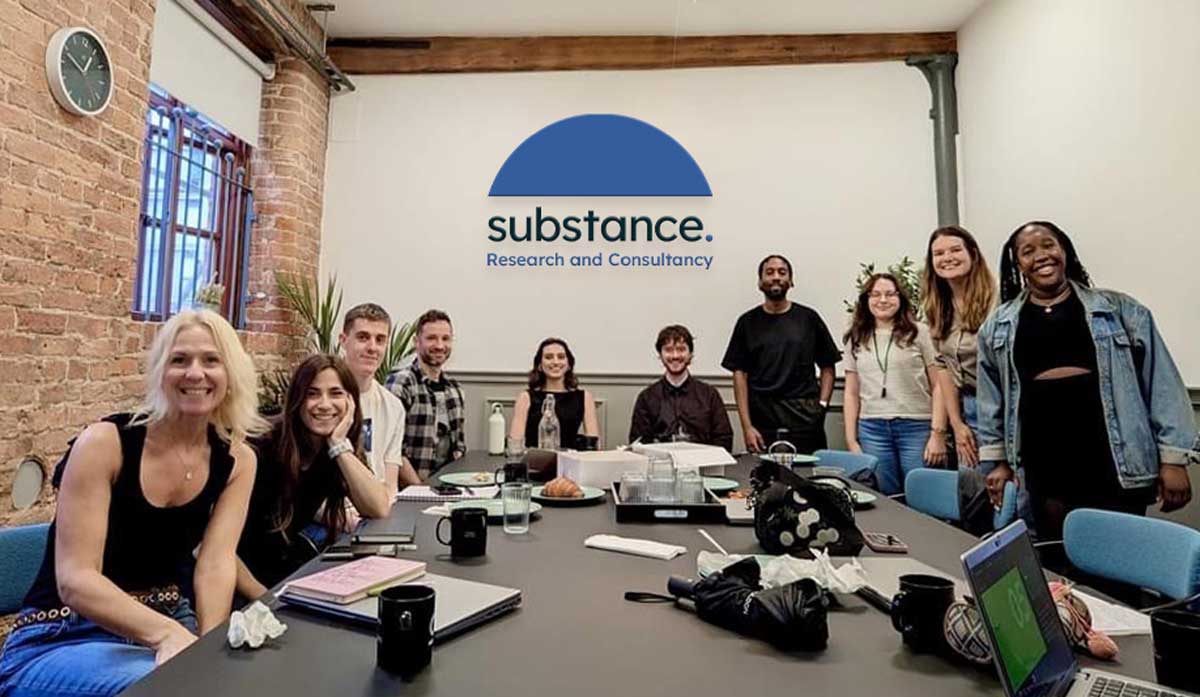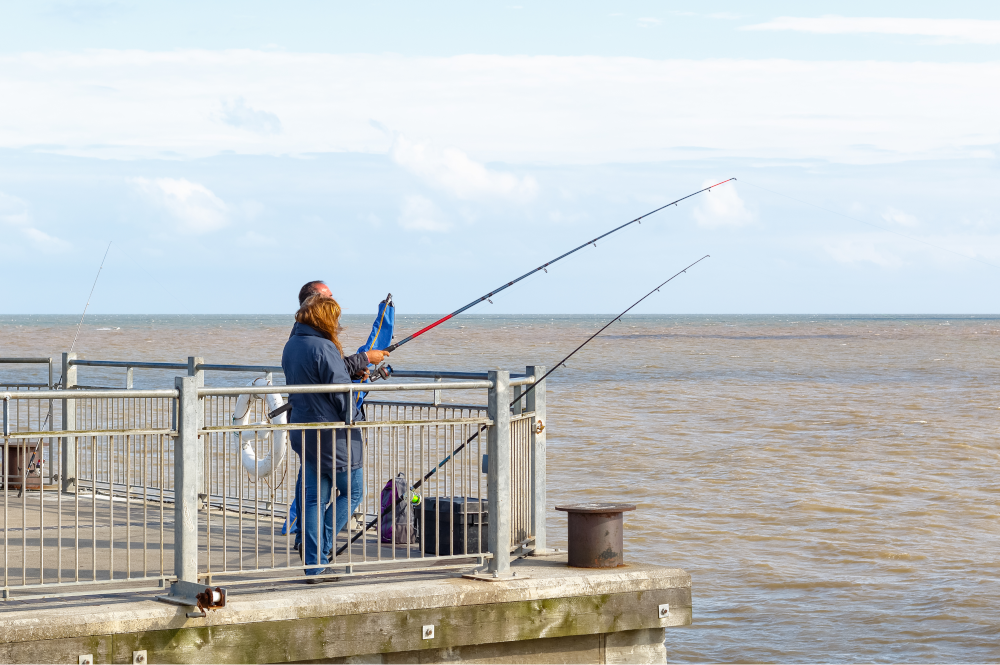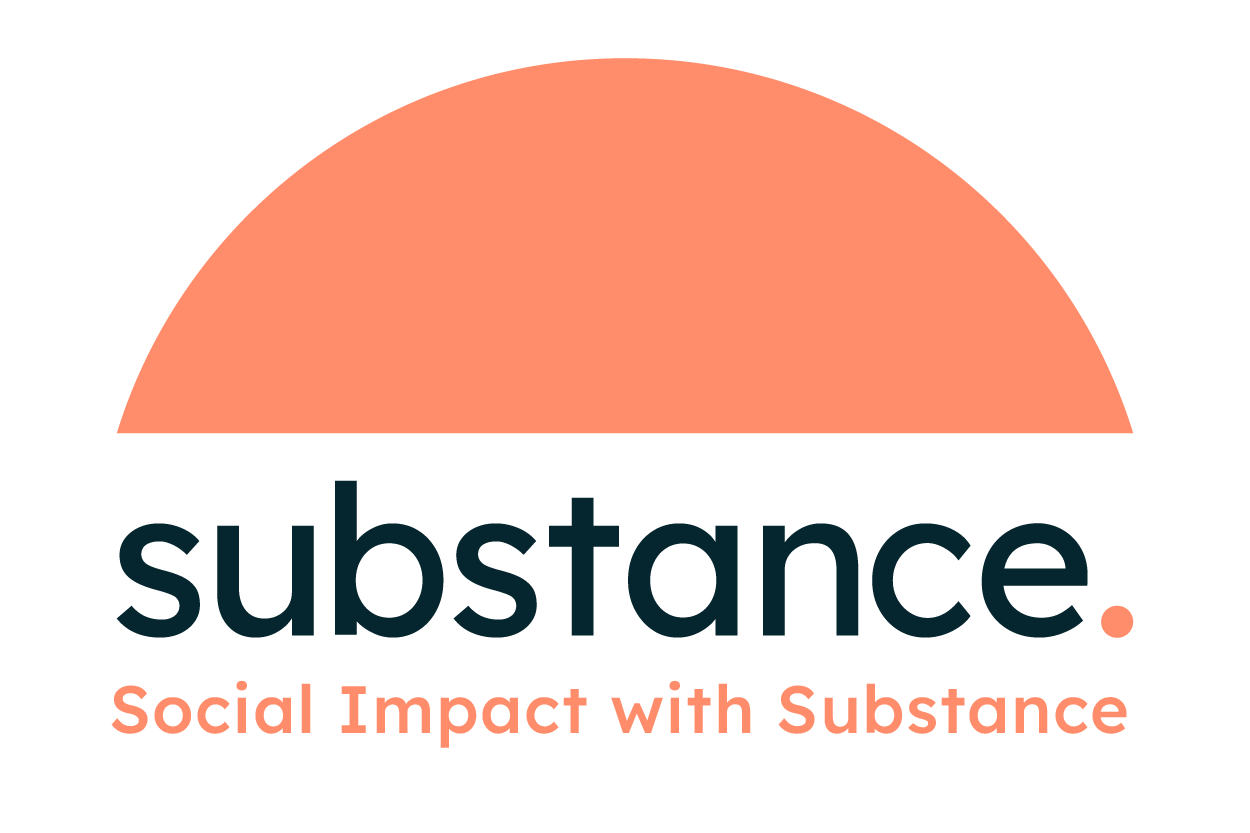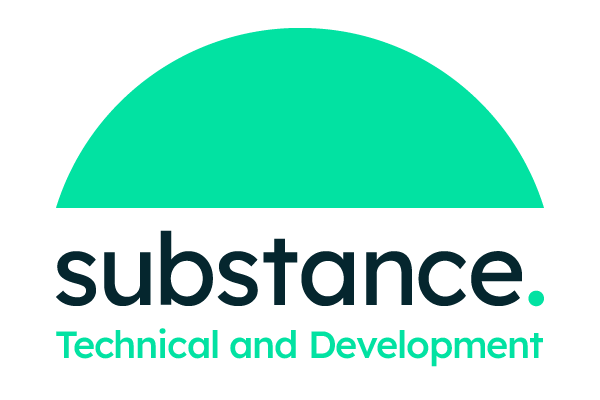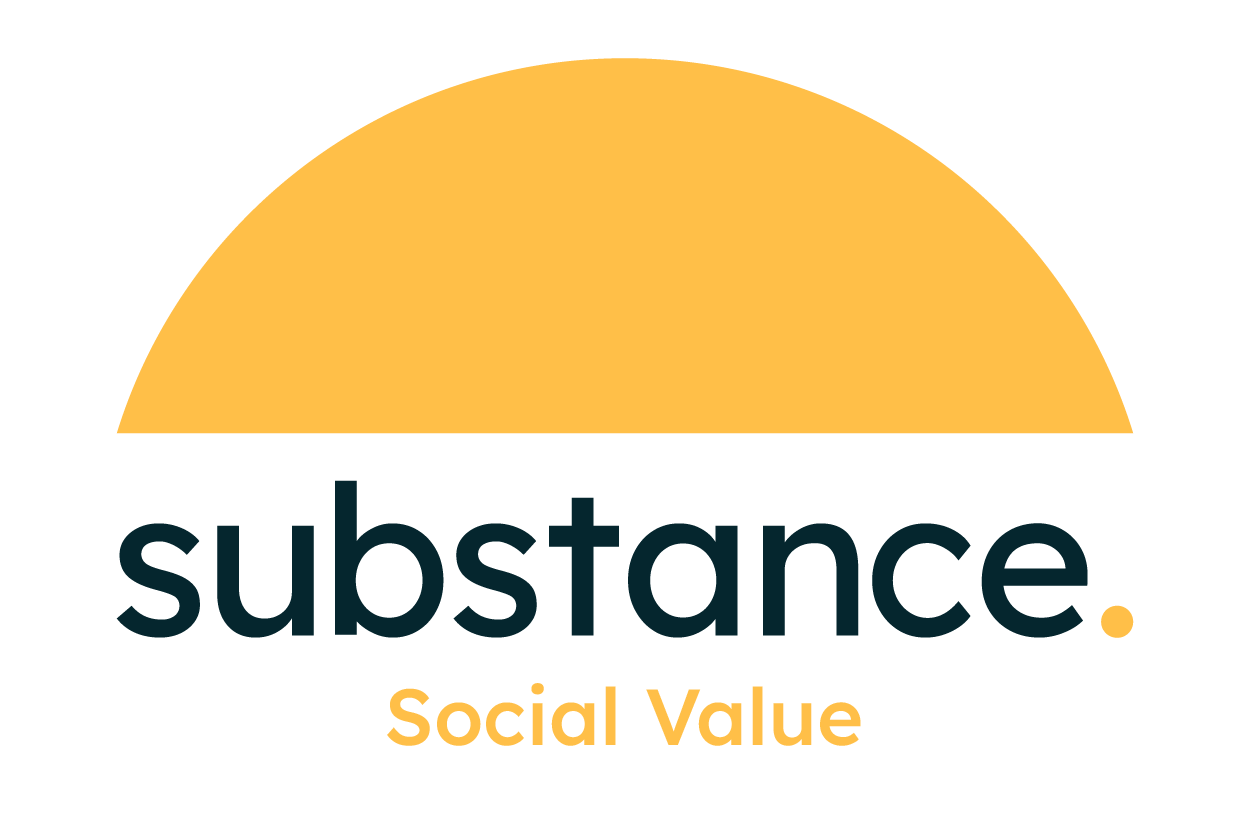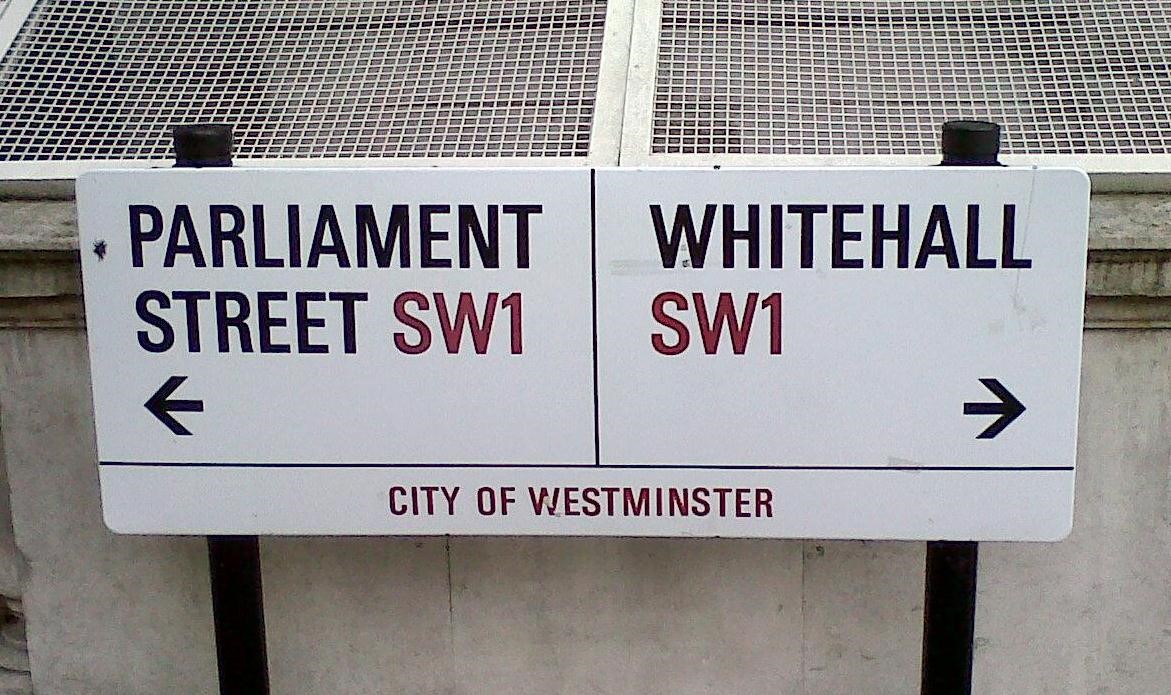
Almost everyone I have spoken to in the last couple of months about the recently published Sporting Future Strategy has been positive about it. It was to be expected that the document would focus on increasing the percentage of the population who are physically active. What was more surprising was the emphasis on agencies that could go beyond this and deliver individual and community outcomes, such as improving subjective well-being, confidence and self-esteem, reducing NEET status, improving community cohesion and social capital, increasing volunteering and creating routes into employment.
There is no doubt that many of the agencies who celebrated the content of the Sports Strategy have worked tirelessly to improve the evidence base of sports contribution to personal and social outcomes. However, it is important to recognise that it wasn’t just this evidence and its representation in responses to the public consultation on the strategy that persuaded DCMS to think differently about sport and physical activity.
No Whitehall department operates in a vacuum. I spent five years in the Home Office working on a sport and activity programme designed to reduce problematic substance misuse and youth offending and regularly met with civil service colleagues from the Department for Health, DCMS, Treasury, Department for Education and Youth Justice Board during that time so that respective policies were joined up, or at least gave the impression they were joined up! So the clue as to why the Sporting Future strategy had such a big focus on personal and social development might just be found in a strategy yet to be published.
In a wide ranging speech at the beginning of last month the Prime Minister announced an ‘all-out assault on poverty’, including a £140 million contribution to tearing down 100 sink housing estates, improved mental health services, £1 billion for the National Citizen Service, incentives to attend a roll out of parenting classes and the teaching of character and resilience in secondary schools.
This cross government approach is to be brought together in the ‘Life Chances’ strategy to be published in the Spring. The strategy will be underpinned by an understanding of the social causes of poverty and the reasons why some people become marginalised from mainstream services and opportunities. The challenge for DCMS is to understand how to connect the most appropriate agencies and investment with the four priority areas of social policy the strategy will address; families, education, opportunity and treatment and support.
Lots of sport for development agencies have developed approaches and programmes that play well to the third of these areas. Indeed efforts to ‘widen horizons, lift aspirations and create new opportunities’ for people living in the most disadvantaged neighbourhoods are engrained in the sector’s DNA. Whilst this aspect might present something of an open invitation to build new partnerships and programmes, the other obvious opportunity is for agencies working in schools to deliver projects that address the Life Chances strategy aim to improve ‘character development, persistence, hard work and concentration’. Indeed it was interesting to hear the Prime Minister use the analogy of the ‘highs and lows experienced in taking part in sport’ during his speech to make this very point. There are countless examples of sport for development organisations designing and delivering programmes of work which will support this strategy. More and better targeted investment here would be a cause for celebration.
The contribution that sport and activity based work can have on the family or people with mental health issues is less well understood. However the expanded Department of Communities and Local Government Troubled Families programme is now focused on outcomes for children as well as parents whilst the Sporting Future strategy similarly suggests early intervention with a younger age group. As the Troubled Families programme is committed to working with an additional 400,000 families over the next five years more opportunities will open up for collaborative working. Hopefully, the starting point will be to find out what agencies like Flying Futures in Doncaster have learnt in the last year or two, before any new work is commissioned, so that early mistakes can be avoided.
Similarly, there are some excellent examples of sport for development agencies working with local and regional mental health services. The London Playing Fields Foundation and Edge Hill University both presented fantastic examples at our recent national conference of what can be achieved when sports and activity providers work with research organisations to develop coherent responses to complex problems. It is critical that the learning from these and other good practice examples dotted across the UK are built on, as without good evidence we will miss the opportunity to replicate and then scale the most effective practice.
So no doubt there should be cause for optimism and some real opportunities to increase and adapt what we already know works well and to develop some new and interesting projects, particularly with families and treatment and support services. If you can see the opportunity, right from the start, think about what the impact of your work will be and how you will be reporting it. Those Whitehall Departments would expect nothing less.
Written by Neil Watson, Substance


